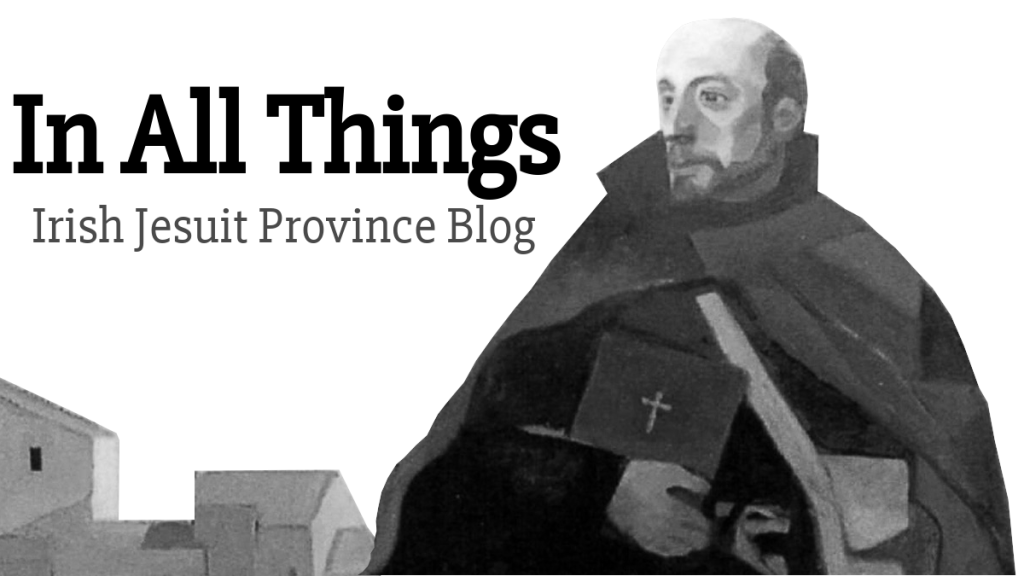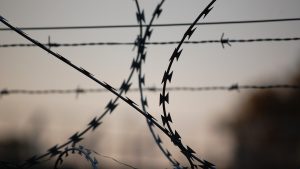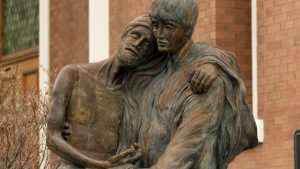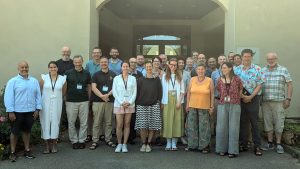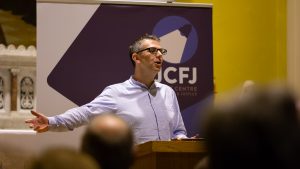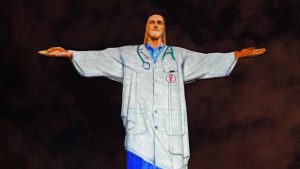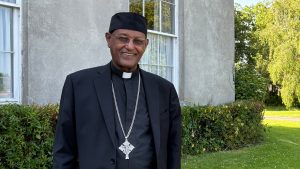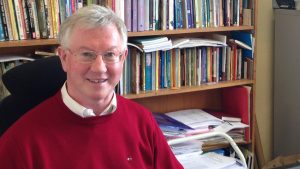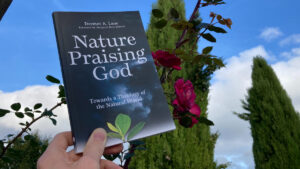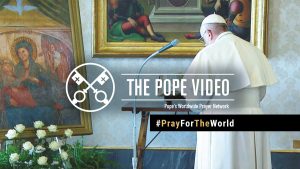Conspiracy theories and Covid-19
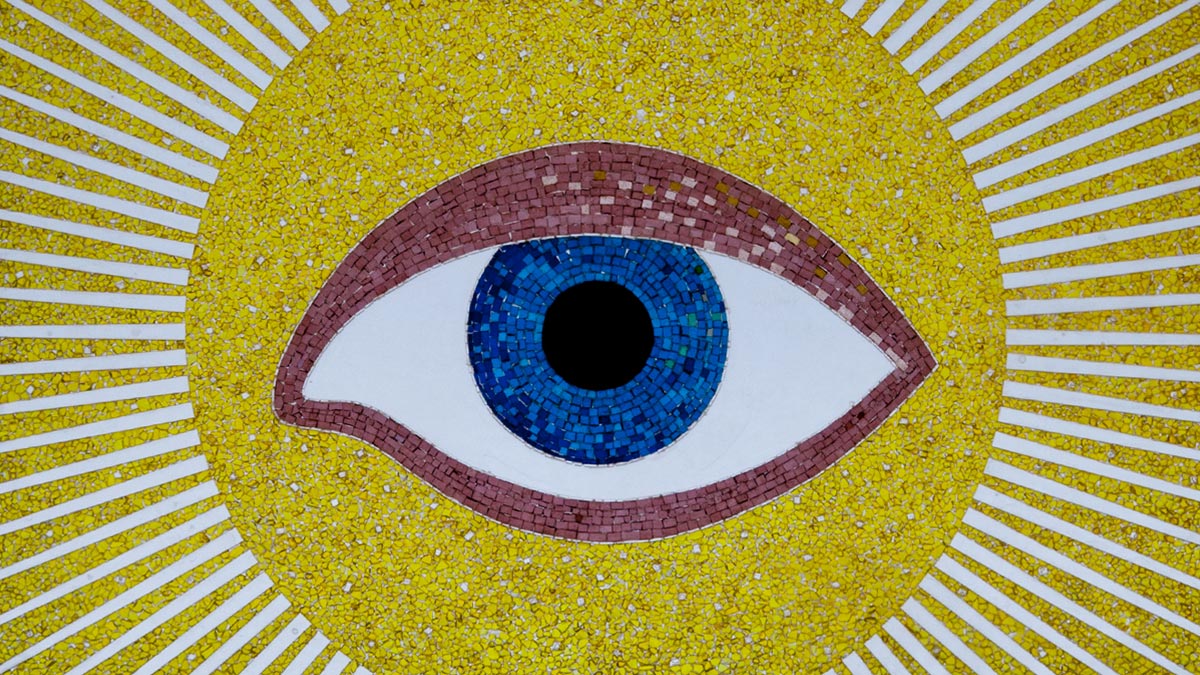
BILL TONER :: We have all heard some of the more colourful theories about the Covid-19 outbreak. Rather than the conventional view that the pandemic is due to a chance mutation of an existing virus creating a new highly infectious virus, against which the human body has not yet built up an immunity, it seems that (take your pick):
- It is a biological weapon created by the Chinese;
- It is a plot to encourage vaccination and defeat the anti-vaccination camp;
- It is a device for population control;
- It escaped from a Chinese research laboratory;
- It is a plot by secretive U.S. elites to undermine Donal Trump;
- It does not actually kill many people, and the reported death rate of 350,000-plus world-wide are inflated – it is basically a plot to encourage vaccination;
- It is a government plot to abolish many human rights, such as the right of assembly and the right of religious practice;
- The contagiousness of the virus has been vastly exaggerated, and governments have imposed illiberal measures as a prelude to the realisation of a world government beyond all control, threatening Christian civilisation;
- It is a by-product of GM development;
- It is spread through the virus using the electromagnetic spectrum of the 5G rollout;
- It is a punishment by God for various sins, such as laxity in the government of the Catholic Church.
All but the last three of the above assume conspiracies by governments or powerful secret ‘elites’.
Of course, not all theories about the existence of a conspiracy are false. There have been very many famous authenticated small-scale conspiracies, such as the Gunpowder Plot in Britain, or Stauffenberg’s plot to assassinate Hitler. Then there have also been a lot of medium-scale conspiracies. Most of these have been conspiracies of silence, and to that extent they could be called ‘passive’ conspiracies. In other words some project was undertaken, or some event occurred, that would embarrass the powers-that-be if it became public, so those involved had to conspire to say nothing about it. To take two fairly well-know ‘conspiracies of silence’, both occurring in the United States:
- PRISM is a program begun in 2007 under which the U.S. National Security Agency collects internet communications from various internet companies such as Google and Facebook. It became public when leaked to journalists by Edward Snowden, an NSA contractor, in 2013.
- The Tuskegee Syphilis Experiment was a clinical study conducted in the U.S. from 1932 until 1972. The purpose of the study was to observe the natural history of untreated syphilis. Six hundred impoverished African-Americans were enrolled in the study and were told only that they were receiving free health care from the Federal Government. None of them were told that they had the disease (many had), and none were treated with penicillin after the antibiotic was proven in the late 1940s to successfully treat syphilis. The program only became public in 1972 when whistle-blower Peter Buxtun leaked it to the press.
Such medium-scale ‘conspiracies’ have a number of distinguishing features:
- They are not, ostensibly at least, primarily directed at the public at large. PRISM is essentially a security and anti-terrorist program, though obviously it is open to enormous misuse; the Tuskegee Experiment was a medical research program with very limited participation;
- While they required the silence of a large number of people, it was was probably not a huge number;
- The existence of the conspiracies are easy to verify, once a whistle-blower had got hold of a body of incriminating evidence;
- The ‘conspirators’ are usually easily identifiable public officials who can be summoned before an enquiry.
What have come to be called ‘conspiracy theories’ are mainly of a different kind:
- They posit the existence of an ‘active’ conspiracy that is intended to directly mislead or adversely affect a very large number of people, often the whole human race. Examples would be the (a) 1969 Moon Landing conspiracy; (b) the ‘chemtrail’ conspiracy (mainly in U.S.) which proposes that the vapour trails of aircraft contain chemicals the purpose of which is population control, biological warfare, etc.
- The conspiracies would seem to require the collaboration and silence of a very large number of people;
- The conspiracies proposed are next to impossible to disprove decisively. The explanations provided for damaging events or phenomena are not readily susceptible to contrary evidence. The proponents usually have arguments marshalled that counter any criticism of the conspiracy theory. Thus, none of these large-scale conspiracies have either been definitively proved or disproved.
- The alleged principal conspirators are nameless ‘elites’ who cannot be confronted and challenged.
Covid-19 as a focus for conspiracy theories
Leaving aside for a moment the world of conspiracy theories, most of the facts about the Covid-19 pandemic are rather run-of the-mill. The conventional view is that the outbreak is the result of the spread of a novel coronavirus. Coronaviruses were first discovered in the 1930s, when they caused serious respiratory problems in chickens. Since then coronaviruses have been discovered to be fairly numerous. Several versions of the common cold are caused by coronaviruses, others by rhinovirus. Coronaviruses also affect mice, cattle, bats, camels and pigs. In humans these viruses also caused SARS and MERS, which thankfully did not travel as far as Covid-19. At the moment Covid-19 is widely believed to be the worst respiratory pandemic since 1918 (when about 50 million died in the ‘Spanish’ flu), though it may end up killing fewer people than died in the big Asian flu outbreak in 1951-58. But Covid-19 is merciless with the old and frail, and unlike flu, there is no vaccine yet available. Covid-19 has probably generated more conspiracy theories than Asian Flu because of the development of worldwide communications and social media, as well as the remarkably rapid spread of the disease over the entire globe, due in the main to international air travel. In fact, ‘normal’ flu is more infectious than Covid-19. But Covid-19 kills about 3% of those who contract it, much higher than is the case with ’ordinary’ flu, where the figure is only 0.1%. Covid-19 is not an ‘apocalyptic’ disease like the Black Death (bubonic plague) or Spanish flu. But if left unchecked it could kill many millions of people worldwide, and require protracted hospitalisation of many who survive it. This has led to most governments being driven by public opinion to take extreme measures to stop the spread of Covid-19 and keep people safe. These measures are inevitably very disruptive to many of the ordinary, processes and patterns of behaviour in society, such as visiting friends, shopping, or going to the pub. It is as much the disruptive effects of the disease, rather than its severity, that attracts the attention of conspiracy theorists.
What kind of people spread conspiracy theories?
Quite a lot of research has been carried out by sociologists and psychologists into the motivation and profile of conspiracy theorists.
Conspiratorial thinkers tend to be anti-government, or at least sceptical of the efficacy of governments; they think that the real power in the world lies elsewhere. They are surprisingly numerous. For instance one study showed that 30% of Americans believe that the chemtrail conspiracy theory (mentioned above) is either completely or somewhat true. Of course in the United States people have more reason than many to suspect conspiracies, because there have been so many of them in their country, many involving state organisations like the FBI or CIA. Dozens of popular films like Clear and Present Danger, which depicted covert U.S. forces operating in Latin America, habituate people to the possibility of dark forces operating on the fringes of government.
Advances in education have also introduced a vast number of people to philosophical and political theories that blame the ills of society on governments or ‘elites’ who pursue their own vested interest. The most obvious of these is Marxism. In the Communist Manifesto Marx wrote: “The executive of the modern state is nothing but a committee for managing the common affairs of the whole bourgeoisie”. Before Marx, Rousseau, with his famous dictum, “Man is born free, but everywhere his is in chains”, asserted that modern states repress the physical freedom that is our birthright. These two thinkers, and others like them, have had enormous influence in getting people to think about the possibility that society is constantly being manipulated by powerful political and business interests. None of us are immune from that mode of thought.
Conspiratorial thinkers also tend to process information and reach conclusions differently from most people. Michael Barkun suggests that they see themselves as having access to special knowledge or a special mode of thought that separates them from the masses who believe the official account . They begin with a hunch, and then seek out the evidence. They work off a ‘template’ which they impose upon the world to give the appearance of order to events. They are uncomfortable with the insecurity of encountering random, unpredictable, or inexplicable events. Conspiracy theories appear to make sense out of a world that is otherwise confusing. It is a consolation to some to imagine that difficulties in human affairs are created by humans, and remain within human control.
One factor that greatly contributes to conspiracy theory is the tendency in many people to ‘obsess’ about specific groups or individuals in society as being responsible for all ills. In peaceful and reasonably prosperous times, people will tend to apportion blame for adverse events more or less equally between various ‘establishment’ groups or interests, e.g. the government, Big Business, the Church etc. But in periods of economic downturn or unrest, when resentment and paranoia increase, it is common for one particular body or group to become the focus for suspicion or blame. This may well include some establishment or elite group; but ‘out-groups’, such as Jews, Irish immigrants, communists, or black people, may also come into the firing line. Instead of focusing on hard facts, the public rely on ‘hunches’, and shoehorn the evidence into the desired pattern. Whether it is true of false does not come into the equation. There is an echo of this in sign sometimes displayed in offices, “I’ve got my mind made up, don’t confuse me with facts”.
The deeper roots of conspiracy theories
A more serious aspect of the rise of conspiracy theories is that they may also reflect an increase in feelings of alienation and powerlessness in society. It has been said that conspiracy theories are either generated or latched on to by ‘losers’ in society. Roger Cohen, writing in the New York Times (20 December 2010), has said that “captive minds… resort to conspiracy theory because it is the ultimate refuge of the powerless. If you cannot change your own life, it must be that some greater force controls the world”. Conspiracy theories may be a warning about the growing sense of alienation worldwide, and the breakdown of social cohesion.
A major contributor to this state of affairs is the phenomenon of the rich getting rich and the poor getting poorer, at least in comparative terms. Although there was steady growth in world GDP in the last decade (until the outbreak of the pandemic) the benefits were very unevenly distributed within many countries, due to the twin forces of globalisation and new technology. With the new liberalisation of markets, industries were exported from rich countries to poorer countries where wages were lower, and those industries that survived had their workforces decimated through automation. This led to a disappearance of many traditional ‘solid’ working class jobs, and the proliferation of low-skill, low-paid, jobs in catering and hospitality sectors. The growth in the numbers of disaffected people in ‘rust-belt’ areas contributed to the rise of populist leaders like Donald Trump, and political upheavals like Brexit.
And there are no ‘losers’ without ‘winners’. Consolidation within surviving profitable industries such as banking has led to the phenomenon of chief executives commanding salaries and bonuses that would have seemed incredible even a decade ago. America’s CEOs of major companies earned, on average, $14.5m. p.a. in 2018, compared with $39,888 earned by rank and file workers. Another measure suggests that CEOs made, on average, 287 times more money than their workers, in 2018. The galling thing for many workers is that they are completely powerless to do anything about this, or even to elect leaders who can. For many of them it must seem that they are living in a parallel universe. Disparities in income lead on inexorably to inequalities in other areas such as education, healthcare, housing, and leisure activities. Research shows however that it is not always inequality as such that breeds resentment. For instance few people begrudge others the good fortune of winning the Lotto. What sticks in people’s craw is unfairness. Societies that do not give everyone a fair crack of the whip can store up problems for themselves.
A world where trust is low is a fertile breeding ground for conspiracy theories. Undoubtedly there are some individuals generating such theories who are further along the paranoia spectrum than most of society. But unless the underlying conditions are right, most people will pay little attention to them. Without the deep social and economic problems that afflicted Germany and Russia in the 1920s and 1930s, Hitler and Stalin, themselves two deeply paranoid individuals, would never have gained the following they did. Even in the present pandemic, serious rioting has already broken out in the U.S., France, Germany, Ukraine, Algeria, Tunisia, Indonesia, and India, fuelled mainly by perceived differences in police reaction in rich and poor communities, as well as resentment at the inequalities that have led to poor to take more desperate measures than the rich
So although most of us are appalled at what seem to be ridiculous and dangerous theories about Covid-19, it is important to understand that such theories do not arise in a vacuum. For a start, about a quarter of most populations admit to having paranoid thoughts from time to time. In some situations this proportion grows. For instance most people living in East Germany before the Wall came down became quite paranoid because they became aware that they were constantly being spied upon by state informers, as depicted in the film The Lives of Others. If enough people feel deeply that they are outsiders in a society, that they are being left behind while other people prosper, they provide a critical mass for the belief and propagation of theories that put flesh on their suspicions that this world is manipulated by malign secretive forces. These can provide some comfort from the consistent message they get from society that they are responsible for their own misfortunes.
If governments want to dampen down conspiracy theories, it is no good just ridiculing them. This merely reinforces the belief of the conspiracy theorists that they are getting under the skin of the government, which is precisely what they want to do. Governments need to get to the roots of the problem by making it their first aim to act in a trustworthy and transparent manner, and by trying to build a society that is, above all, seen to be fair. In recent decades there has been a shocking erosion in trust in governments. In 1960, when Eisenhower was president, 80% of Americans said they trusted in the government always or most of the time. By 2019 that figure had shrunk to less than 20%, with significant periods of recovery only during the tenures of Reagan and Clinton. (Pew Research Centre, available on Google). In Ireland, in 2017, only 21% said they trust politicians, the lowest ranked of all the professions measured (Damian Loscher, Irish Times, 9th February 2017). In Britain, in 2019, only 14% of those questioned in an Ipsos Mori poll trusted politicians to tell the truth, again, the lowest of all professions. How can any of us be surprised that conspiracy theories flourish in this context?


